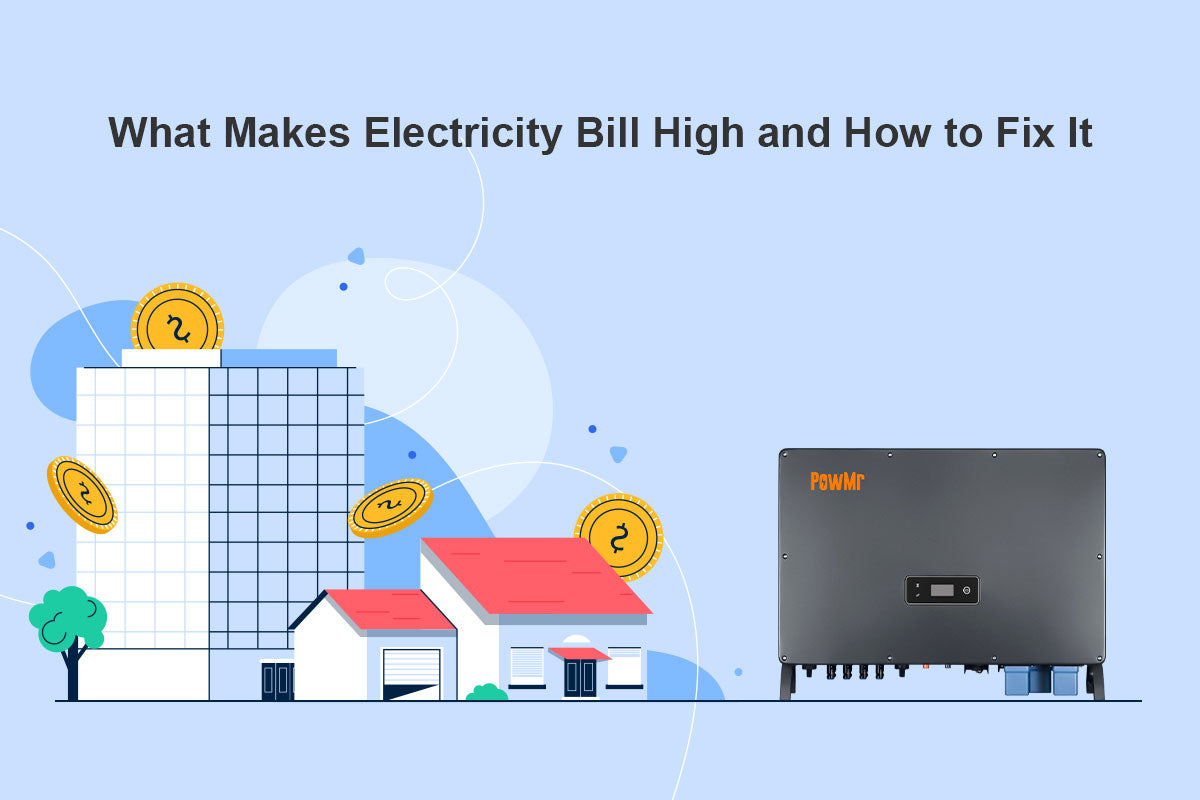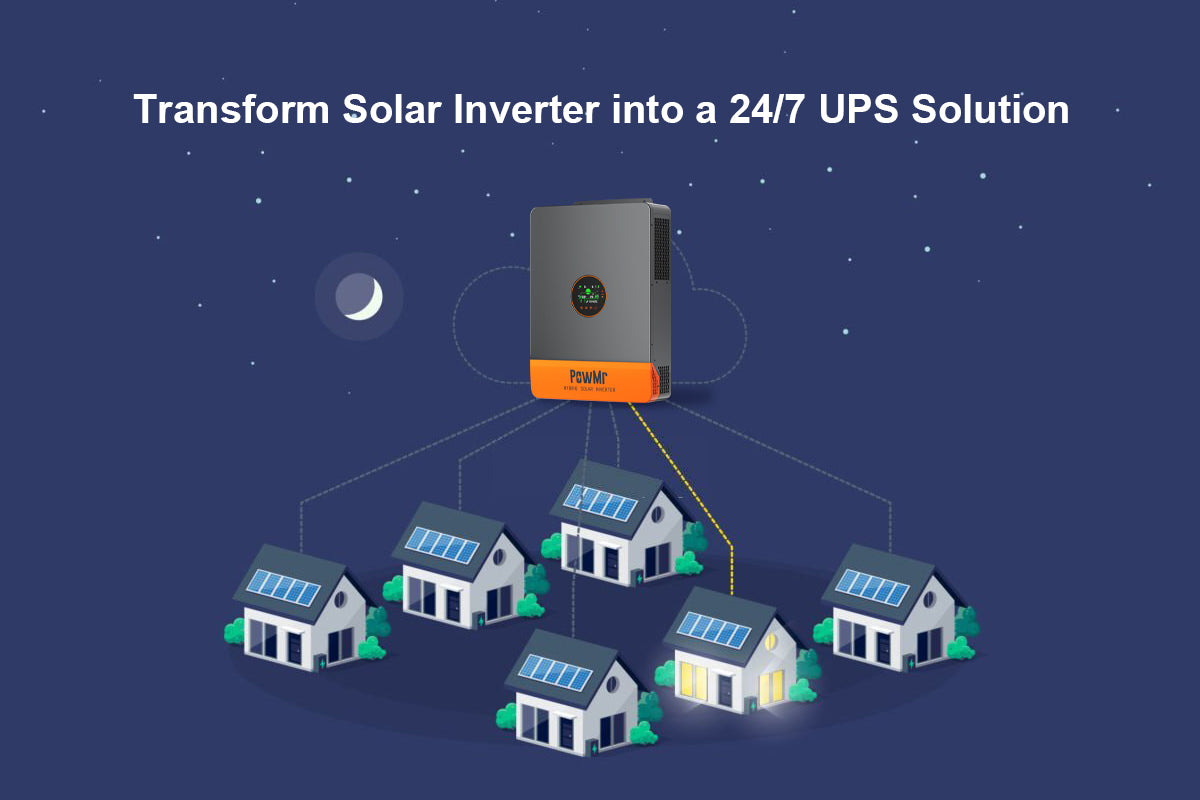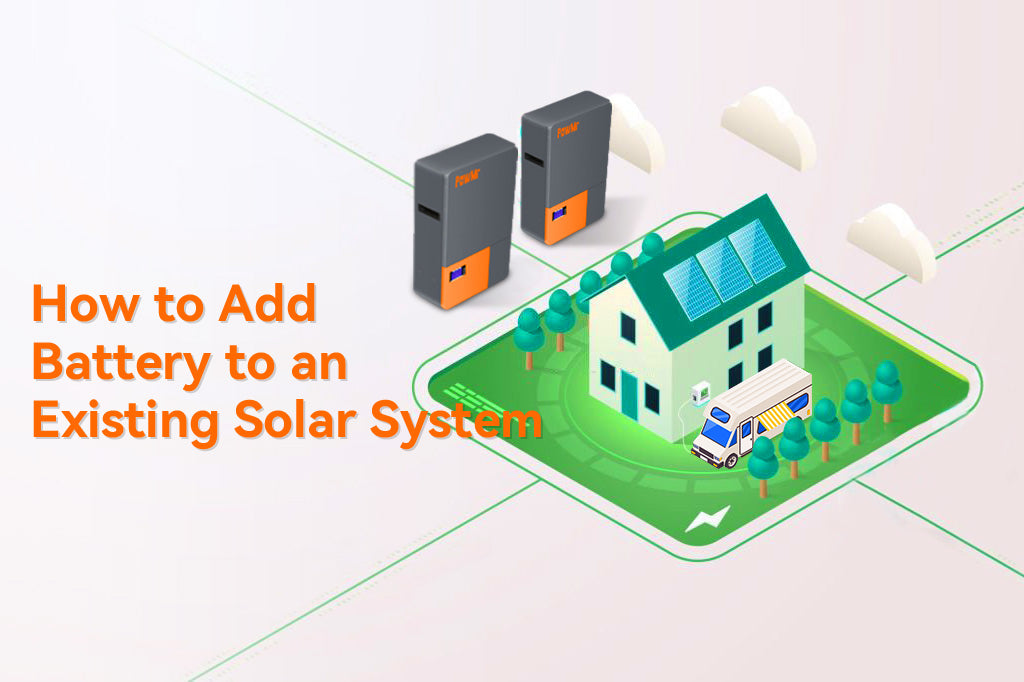Surprised by the sudden rise in your electricity bills? The shock of opening your monthly statement can be overwhelming, especially if you're unsure about the reasons behind the spike. In this comprehensive guide, we'll delve into the possible causes of unexpectedly high electricity bills and provide practical solutions to help you reduce your energy consumption. Additionally, we'll explore innovative ways to manage your energy usage smarter by incorporating solar technology.
What makes your electricity bill go up?
The reasons for high electricity bills can stem from internal or external factors. Initially, changes in electricity consumption habits should be considered, along with checking for anomalies in the electrical systems and appliances. Subsequently, external factors can be taken into account.
Appliance and Equipment Factors
Appliance and equipment usage greatly influence energy consumption. Be mindful of appliances, faults, efficiency, and phantom energy to optimize efficiency.
Appliance Usage: Introducing or intensifying the use of high-energy appliances like air conditioners can spike consumption.
Faulty Appliances: Malfunctioning devices might draw more power than usual; regular maintenance is crucial.
Old or Inefficient Equipment: Aging HVAC systems or appliances may become less energy-efficient, contributing to higher bills.
Phantom Energy Usage: Standby power from devices left plugged in can accumulate, impacting bills.
Electrical System Leakages: Faults or leaks in wiring may result in continuous energy consumption even when devices are off.
External and Environmental Factors
If there have been no changes in your power usage system or alterations in your energy habits, look for external factors, for example:
Seasonal Changes and Unusual Weather Conditions
Energy consumption fluctuates seasonally due to weather conditions. Extreme temperatures, whether hot or cold, prompt heightened utilization and strain on heating or cooling systems, resulting in elevated energy consumption.
Rate Changes
Your electric bill may have spiked unexpectedly due to a recent surge in rates by your electric provider. Sudden changes in pricing policies or adjustments to tariff structures can contribute to higher bills. It's crucial to check your utility statements for any official notifications regarding rate hikes.
Rate Plan Changes
One potential factor could be that your electricity plan has ended, and you were automatically switched to a more expensive rate. This often happens when introductory or fixed-rate plans expire, leading to a transition to out-of-contract rate.
Meter Issues
Ensure accurate billing by addressing malfunctioning meters promptly, as they may provide inaccurate readings, leading to billing discrepancies and financial challenges.
If an unexpected increase persists, contact your utility company for clarification and consider an energy audit to pinpoint areas for improvement.
How to reduce your electricity bill
Reducing your electricity bill requires a comprehensive approach that involves understanding and addressing various factors influencing energy consumption. Here are practical suggestions based on the possible causes mentioned above:
Upgrade to Energy-Efficient Appliances and Maintain Regulaly
Consider replacing old appliances with energy-efficient models. Schedule routine maintenance for your appliances to ensure they operate efficiently and don't consume excess energy due to faults.
Unplug Devices
Disconnect appliances and chargers when not in use to prevent standby power consumption. Utilize power strips to easily turn off multiple devices at once.
Programmable Thermostats
Use programmable thermostats to adjust temperatures automatically during different times of the day, optimizing energy use based on your habits.
Regularly Check Your Plan
Monitor your electricity plan and be aware of any changes in rates or terms. Consider shopping around for better plans if necessary.
Promptly Address Meter Issues
Report and address any malfunctioning meters promptly to ensure accurate billing. Regularly monitor your meter readings to detect anomalies early on.
Implement Smart Energy Management Strategies
Extend smart energy management beyond homes to businesses and industries. Integrate smart grids and implement load optimization strategies to enhance overall energy efficiency. This comprehensive approach maximizes cost savings, minimizes environmental impact, and contributes to a smarter and more sustainable energy landscape for all sectors.
Consider Renewable Energy
Energysage states that homeowners can save an average of $20,000 to $96,000 throughout the lifetime of a solar panel system, with even greater savings for commercial users.Consider incorporating solar panels and energy storage solutions into your energy strategy. Solar panels harness renewable energy, and storage systems store excess power for later use, reducing reliance on the grid. This tandem approach not only lowers costs but also promotes sustainability and energy independence.
Leverage Smarter Energy Management combining solar
The combination of solar energy and intelligent electricity system management goes a step further in reducing your electricity bill, such as, the PowMr SOLXPOW series Smart Solar Grid-Tie Inverter redefines energy management by tailoring consumption to your lifestyle and local conditions.
With 24-hour load monitoring, device and system management, remote configuration and upgrading, it delivers alarms and detailed insights via cloud access on both PC and mobile devices. Providing real-time data on crucial parameters like PV power, load power, grid power, battery power, and state of charge (SOC), this inverter empowers you with comprehensive knowledge of your energy ecosystem, facilitating precise adjustments for optimal efficiency.
Energy System Monitoring and Control - Video Guide
Now, let's explore the two working modes of SOLXPOW to demonstrate how it effectively reduces your electricity bill.
Peak Load Shifting Mode
By setting a maximum power (Pmax) contracted with the grid, this function optimizes energy usage in the following ways:
1. When consumption is below Pmax, the inverter prioritizes charging the battery using solar power. The grid supplements power when needed. Once the battery is full, excess solar power is utilized alongside the grid.
2. If load consumption exceeds Pmax, the inverter draws power from both the battery and solar panels, compensating for the surplus energy demand. This dynamic response ensures efficient energy utilization.
Peak Load Shifting Mode offers advantages in the following scenarios:
- When dealing with Capacity Charges, which are fees imposed on industries and commercial consumers based on the maximum amount of electricity they can draw at any given time. This feature helps users stay within their contracted capacity limits, preventing expensive overages.
- Residential users, especially those under Tiered Rate structures, involving different pricing levels for various levels of electricity consumption. As consumption increases, the per-unit cost of electricity also rises.
The inverter's capability to draw power from both the battery and solar panels during excess load periods ensures efficient energy utilization, assisting users in staying within lower-cost tiers and avoiding higher per-unit charges.
Economic Mode
The PowMr Smart Solar Hybrid Inverter offers an Economy Mode, also called Peak Shaving Mode. This mode allows customizable charge/discharge power and time settings through a user-friendly app.
In this mode:
- Charge/Discharge Control:Users can set specific times for charging the battery, utilizing either solar power or grid electricity based on preference.
- Load Optimization:The inverter intelligently uses power from the solar panels, battery, and the grid during predetermined periods, ensuring efficient energy distribution.
The Economic Mode is particularly relevant in scenarios involving "Time of Use Tariff". In regions where electricity costs vary based on the time of day, this mode provides an effective solution for users to manage and reduce their electricity bills. By strategically scheduling charge and discharge times, users can take advantage of off-peak hours, reducing overall electricity costs.
Conclusion
In conclusion, effectively managing unexpectedly high electricity bills necessitates a thorough grasp and control of energy consumption. This guide has explored possible reasons for billing spikes and offered solutions.
For optimal results, efficient monitoring and regulation of energy usage are imperative. Incorporating intelligent energy management techniques and investigating renewable energy sources, like solar power, not only cuts expenses but also promotes a more intelligent and sustainable energy framework.




Leave a comment
This site is protected by reCAPTCHA and the Google Privacy Policy and Terms of Service apply.